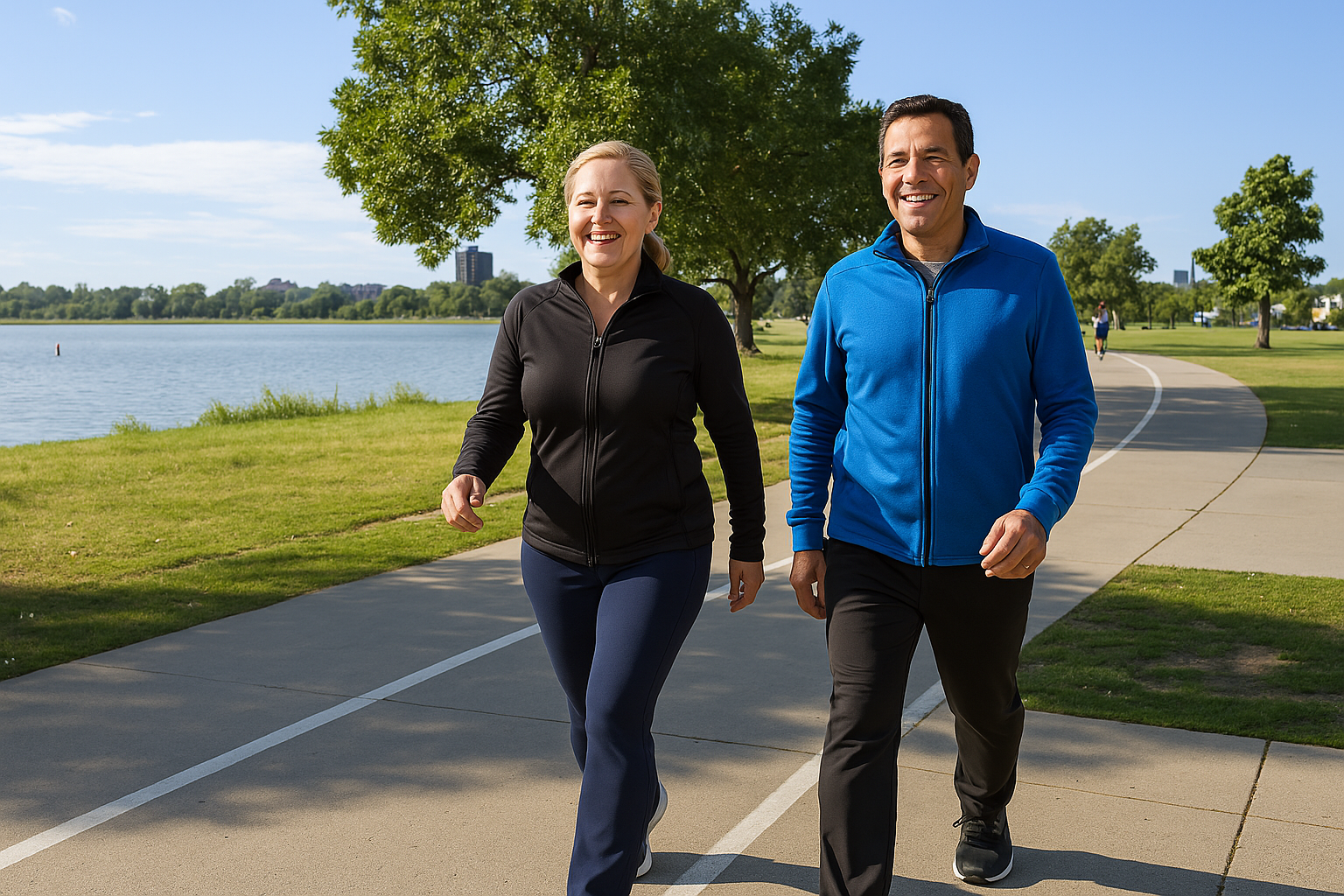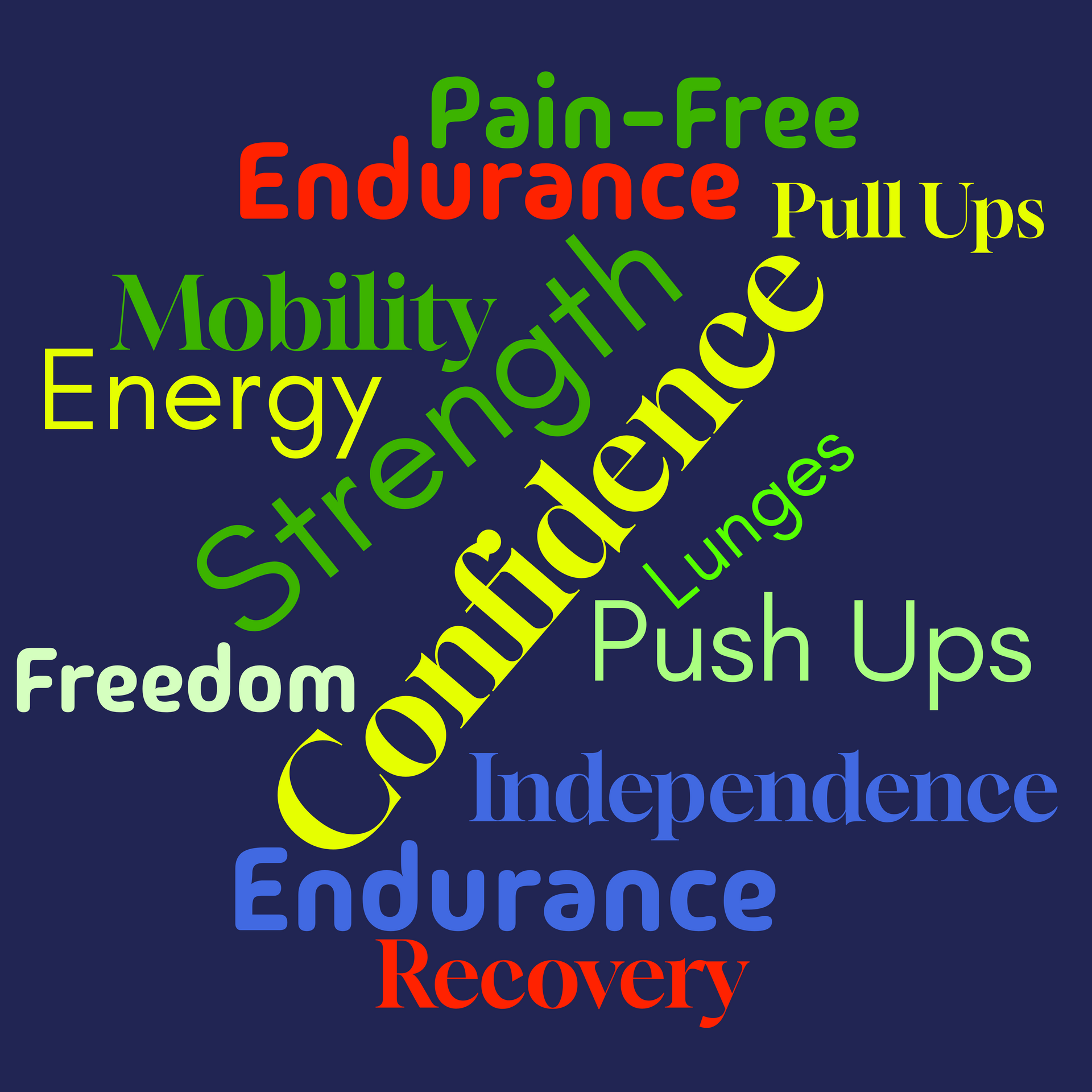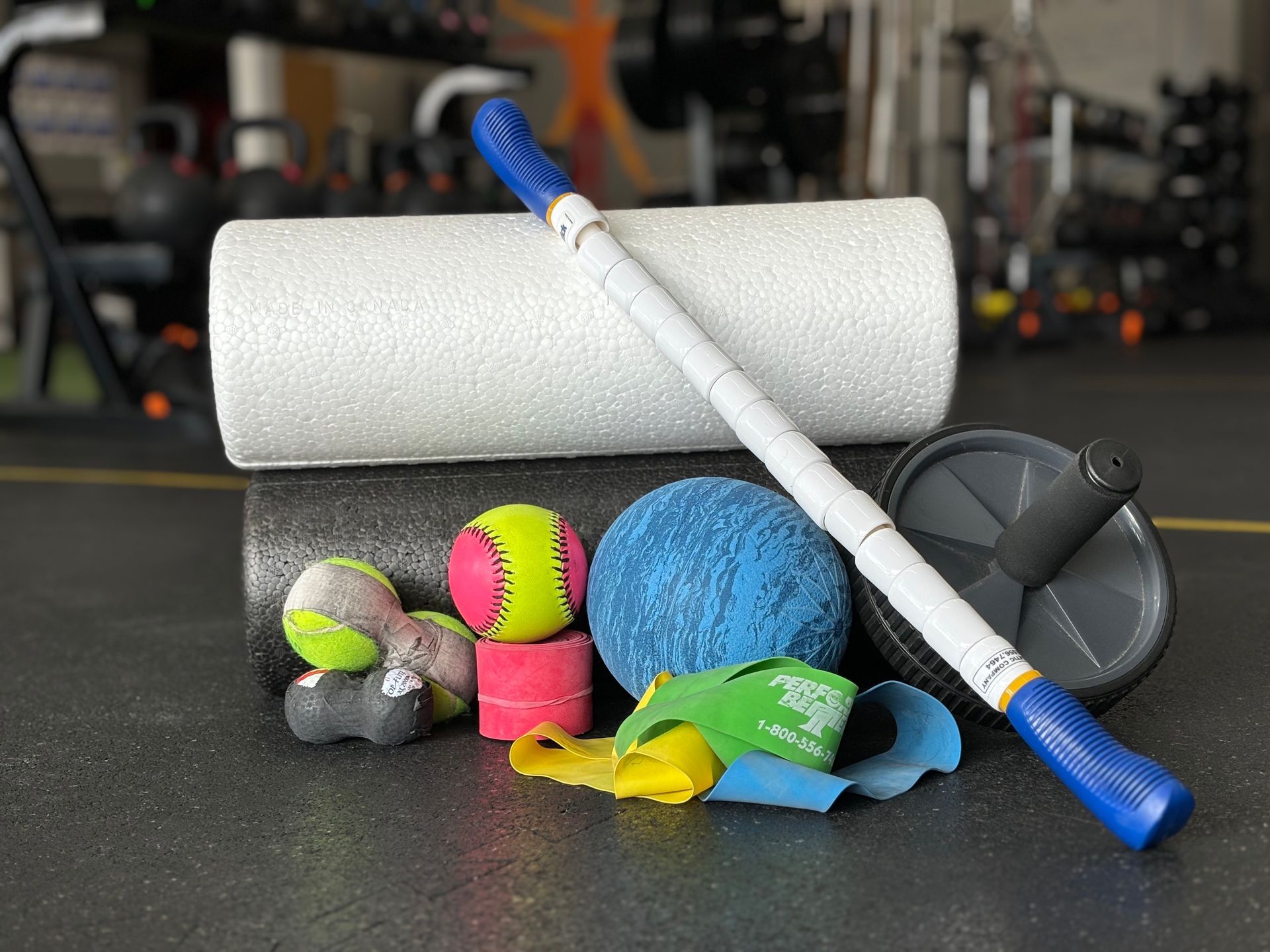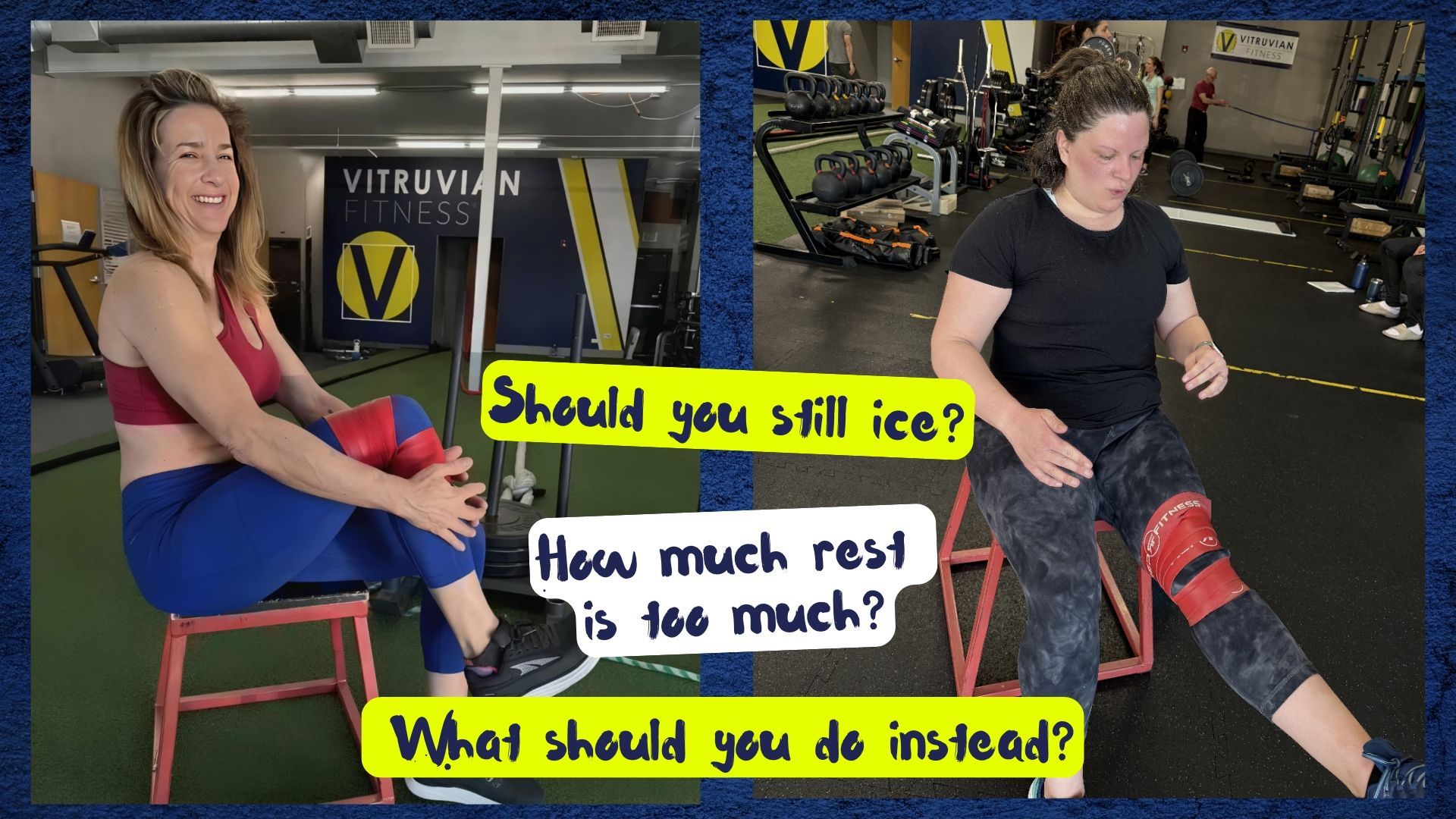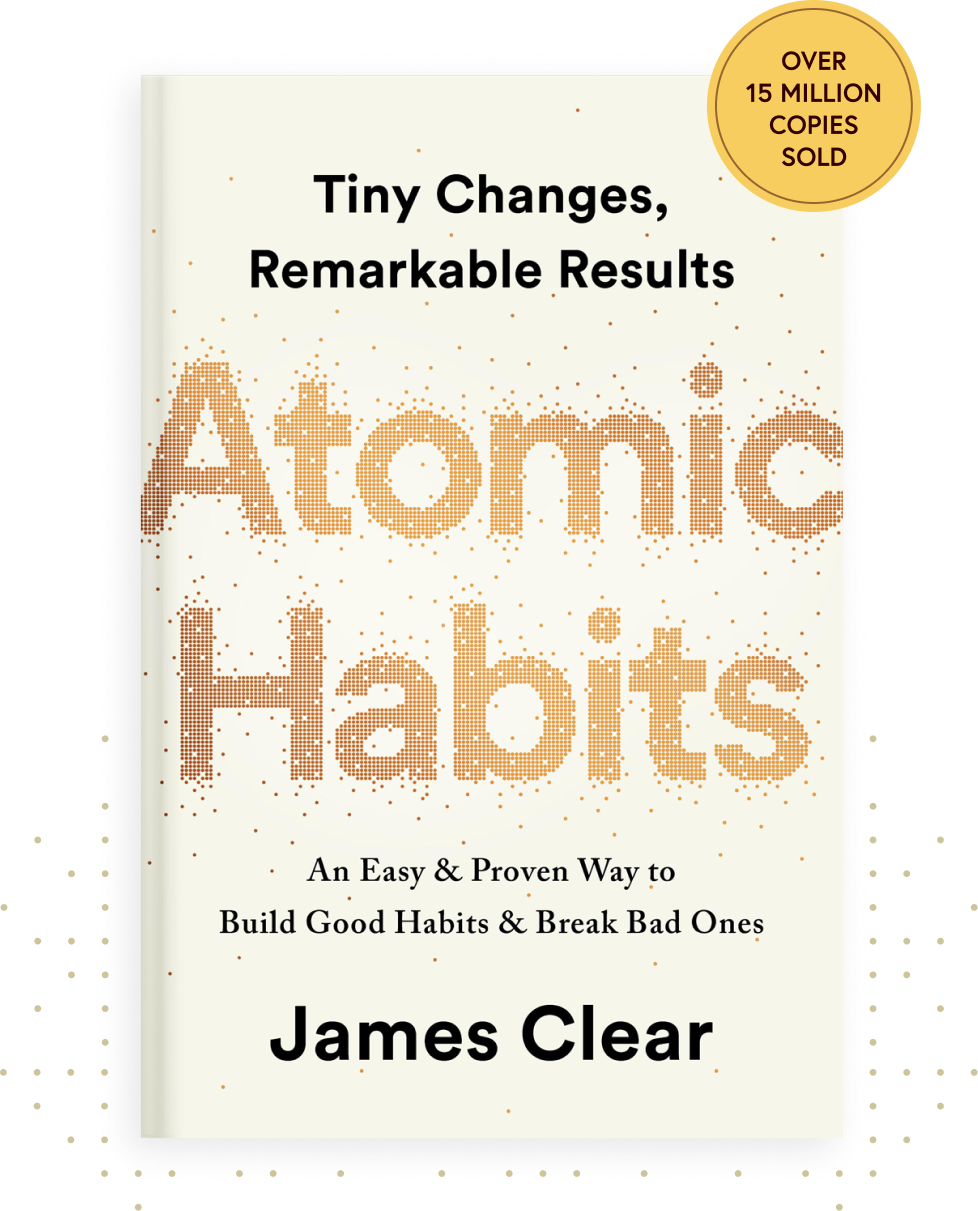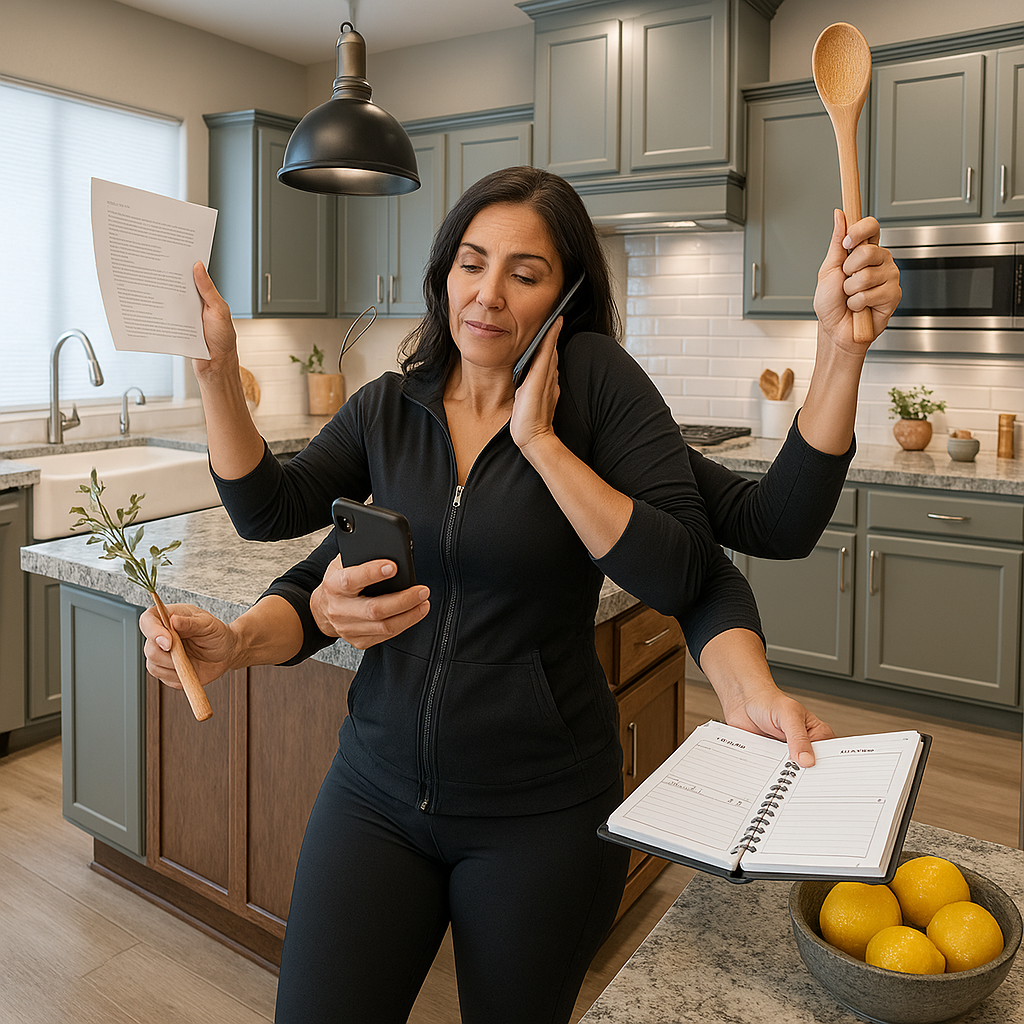Our Favorite Books
What Are Kaly, Mark, and Tom Reading?
Continuous Learning, Education, and Innovation are among our core values here at Vitruvian Fitness®. Reading good books helps us grow as people and trainers which we hope makes our value and appeal to you even better.
Here is a short list of some books that we think you will enjoy, too. They are organized loosely by genre and if links are provided, they are to the authors' websites unless otherwise noted.
Personal Development and Exploration
From Mark
The Untethered Soul: The Journey Beyond Yourself – Michael Singer
This is a transformative guide to inner freedom, inviting readers to explore the depths of consciousness and transcend the limitations of the ego, offering profound insights and practical teachings for achieving spiritual growth and inner peace. Singer's book encourages readers to cultivate mindfulness, let go of past conditioning, and embrace the present moment to experience true liberation and fulfillment.
From Kaly
Leadership and Self Deception – the Arbinger Institute
This is a compelling narrative that reveals the profound impact of self-deception on leadership and relationships, offering powerful insights into overcoming personal and organizational barriers to success. Through engaging storytelling and practical guidance, the book prompts readers to shift their perspectives, cultivate empathy, and foster authentic connections, ultimately empowering them to become more effective leaders and create positive change in their lives and workplaces.
Atomic Habits – James Clear
This is a transformative guide to building small, incremental habits that lead to remarkable results, offering practical strategies grounded in psychology and neuroscience. Clear's insightful book empowers readers to harness the power of habit formation, make meaningful changes, and achieve lasting personal and professional growth by focusing on consistent, incremental improvements and leveraging the compounding effect of small habits over time.
The Happiness Advantage – Shawn Achor
This is a compelling exploration of the profound impact of positive psychology on success and well-being, offering practical strategies to cultivate happiness and resilience in both personal and professional life. Through engaging anecdotes and scientific research, Achor demonstrates how adopting a positive mindset can lead to increased productivity, improved relationships, and greater overall satisfaction, inspiring readers to harness the power of positivity to achieve greater success and fulfillment.
From Tom
Joy of Living – Yongey Mingyur Rinpoche
Yongey Mingyur Rinpoche is a renowned Tibetan Buddhist meditation master known for his teachings on meditation, mindfulness, and neuroscience, as well as his emphasis on integrating traditional Buddhist practices with modern scientific understanding. He is particularly famous for his accessible approach to meditation and his efforts to make the benefits of mindfulness accessible to people from all walks of life through his writings, teachings, and retreats.
The Obstacle is the Way – Ryan Holiday
Ego is the Enemy – Ryan Holiday
Ryan Holiday is a best-selling author, media strategist, and prominent figure in the realm of stoicism, renowned for his modern interpretations of ancient wisdom and his practical applications of stoic philosophy to contemporary life and business. "The Obstacle Is the Way" and "Ego Is the Enemy," have become popular resources for personal and professional growth, offering timeless principles for navigating challenges, achieving success, and cultivating resilience in the face of adversity.
Crucial Conversations – Joseph Grenny et al
This book offers practical strategies for handling high-stakes conversations with clarity, confidence, and compassion, empowering readers to navigate difficult dialogues effectively and achieve mutually beneficial outcomes. Through insightful guidance and real-life examples, the book equips individuals with the skills to communicate openly, address sensitive topics, and build stronger relationships both personally and professionally.
You Are a Badass – Jen Sincero
This is a motivational guide to unleashing personal potential, encouraging readers to embrace self-love, overcome self-doubt, and pursue their dreams with unapologetic confidence. Through humorous anecdotes and practical advice, Sincero inspires readers to break free from limiting beliefs, take bold action, and create a life they love, empowering them to tap into their inner badassery and live with purpose and passion.
Think Again – Adam Grant
This is a thought-provoking exploration of the power of rethinking and unlearning in an ever-changing world, offering practical strategies to challenge assumptions, embrace intellectual humility, and navigate uncertainty with agility. Through compelling anecdotes and research-backed insights, Grant inspires readers to cultivate a growth mindset, engage in constructive dialogue, and continuously evolve their beliefs and perspectives, empowering them to make better decisions and thrive in the face of complexity and ambiguity.
Man’s Search for Meaning – Viktor E Frankl
This is a profound memoir and existential exploration of human resilience, detailing Frankl's experiences in Nazi concentration camps and his discovery of meaning amid unimaginable suffering. Through his observations and insights, Frankl offers a powerful testament to the human spirit's capacity to find purpose and hope even in the darkest of circumstances, inspiring readers to embrace life's challenges with courage, dignity, and a sense of purpose.
How to Change Your Mind – Michael Pollan
This is a groundbreaking exploration of the history, science, and therapeutic potential of psychedelics, offering a compelling narrative that challenges preconceived notions and sheds light on the resurgence of interest in these substances. Through immersive storytelling and rigorous research, Pollan delves into the transformative experiences of individuals who have undergone psychedelic therapy, inviting readers to reconsider the nature of consciousness, mental health, and the profound implications of altering one's perception, ultimately sparking a broader conversation about the therapeutic use of psychedelics for personal growth and healing.
Food, Nutrition, Thoughts about Food and Nutrition
From Kaly
In Defense of Food – Michael Pollan
Michael Pollan is an acclaimed author, journalist, and professor who has dedicated much of his career to exploring the intersections of food, culture, and the environment. His writing about food encompasses a wide range of topics, from the industrial food system and agricultural practices to the cultural significance of food and the impact of diet on health and well-being. Pollan's investigative approach and engaging storytelling style have made him a leading voice in the food movement, inspiring readers to reconsider their relationship with food and the broader implications of food choices on society and the planet.
From Tom
Food Rules: An Eater's Manual – Michael Pollan
Omnivores Dilemma – Michael Pollan
Caffeine – Michael Pollan
What To Eat – Marion Nestle
This is a comprehensive guide to navigating the complex world of food choices, offering practical advice and insights into the food industry, nutrition science, and health implications of various dietary patterns. Through clear analysis and accessible language, Nestle empowers readers to make informed decisions about their diets, advocating for a balanced approach that prioritizes whole, minimally processed foods while highlighting the societal and environmental factors influencing our food choices.
Foodist – Darya Pino Rose
This is a practical and science-based guide to healthy eating and sustainable habits, offering actionable advice to transform your relationship with food and achieve long-term wellness. Through a blend of personal anecdotes, research, and practical tips, Rose empowers readers to adopt a mindful and enjoyable approach to eating, emphasizing the importance of whole foods, intuitive eating, and behavior change strategies for lasting health and happiness.
Health
Outlive: The Science and Art of Longevity – Peter Attia MD
This is a comprehensive exploration of the latest research and practical strategies for extending lifespan and improving healthspan. Drawing on his expertise as a physician and longevity enthusiast, Attia provides evidence-based insights into nutrition, exercise, sleep, and other lifestyle factors, empowering readers to optimize their health and longevity through informed decision-making and proactive habits.
Why We Sleep – Matthew Walker
This is a captivating dive into the science of sleep, revealing its profound impact on every aspect of our lives, from physical health to mental well-being and cognitive function. Through compelling research and accessible explanations, Walker highlights the critical importance of quality sleep and offers practical strategies to improve sleep habits, empowering readers to prioritize rest and unlock the transformative benefits of a good night's sleep for overall health and vitality. Note: If you're having trouble sleeping, this is not the resource you're looking for.
Sleep Smarter – Shawn Stevenson
This is a practical guide to optimizing sleep for improved health and performance, offering science-backed strategies to enhance sleep quality and duration. Through actionable advice and lifestyle recommendations, Stevenson empowers readers to prioritize sleep, address common sleep disruptors, and cultivate bedtime routines that promote restorative rest, ultimately enabling them to wake up feeling energized, focused, and ready to conquer the day. Note: If you're having trouble sleeping, this book is a good start.
Exercising
These titles have had a significant impact on the type of programming we do at Vitruvian Fitness. Technical books on programming are generally pretty dry and not very interesting to the general public. However, these are among the least dry. In fact, Pavel and Dan John are actually fairly interesting and entertaining.
Roar – Stacy Sims PhD
Next Level - Stacy Sims PhD
Dr. Stacy Sims has significantly advanced women's exercise physiology by pioneering research on how female physiology differs from men's in response to training and nutrition. Her work has led to tailored approaches empowering women to optimize performance and health through menstrual cycle-based training and nutrition strategies.
Attempts: Essays on Fitness, Health, Longevity and Easy Strength – Dan John*
Dan John is a renowned strength coach and author whose contributions to exercise literature include insightful perspectives on strength training, movement mechanics, and program design, influencing countless athletes and fitness enthusiasts worldwide.
Kettlebell Simple & Sinister – Pavel Tsatsouline
Pavel Tsatsouline is a prominent strength coach and author known for revolutionizing the fitness industry with his expertise in kettlebell training and minimalist yet highly effective training methodologies.
Advances in Functional Training – Michael Boyle*
Michael Boyle is a highly regarded strength and conditioning coach and author, renowned for his innovative training methodologies, evidence-based approach, and advocacy for injury prevention in athletes, making significant contributions to the field of sports performance.
Athletic Body in Balance – Gray Cook
Gray Cook is a leading physical therapist, strength coach, and author known for his groundbreaking work in functional movement assessment and corrective exercise, which has revolutionized the approach to injury prevention, rehabilitation, and performance optimization.
Core Performance – Mark Verstegen*
Mark Verstegen is a prominent strength and conditioning coach, author, and founder of EXOS (formerly known as Athletes' Performance), recognized for his cutting-edge training methodologies, holistic approach to athlete development, and pioneering work in sports performance optimization, which have significantly influenced and shaped the landscape of athletic training and performance enhancement.
* These are Amazon links.
Curious to learn more about Vitruvian Fitness?
We encourage you to do a 14-Day Trial Membership. In 14 days, you will get a private onboarding session that includes the Functional Movement Screen®, then unlimited semi-private training sessions doing the program we design based on that first session. And you’ll get to be a part of one of the most inviting, inclusive, and fun communities you’ll find anywhere. At the end of your trial, you get to decide if you liked it and if you want to continue with a regular 6-month membership. All the options and prices are on our Membership page.
Click the Get Started button to schedule a call to learn more.
You might also enjoy these posts . . .

